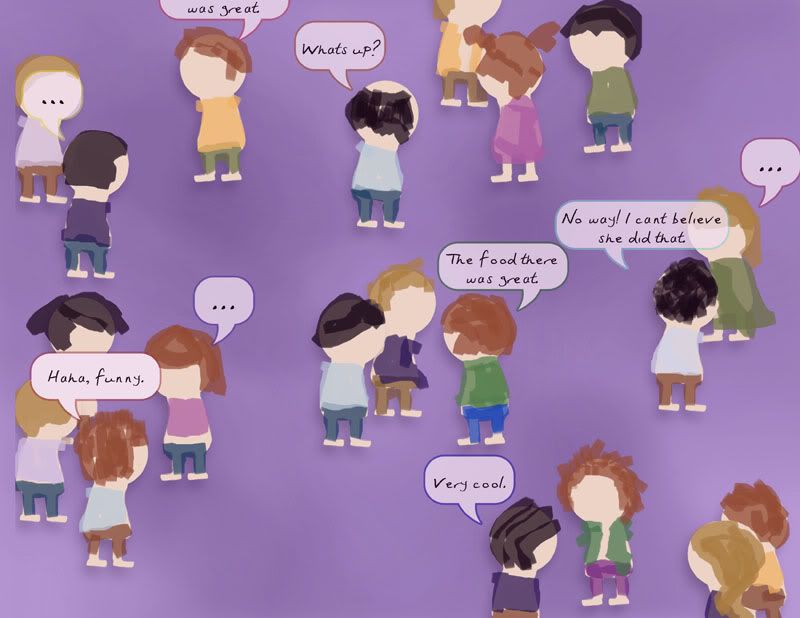You can take the difference between your mouse and the center of your window (which happens to be a 2d vector), normalize it, and add it to your camera's translation, multiplied by the distance you want to move every time.
Thanks wolfscaptain!
I looked up "normalizing 2d vectors". Here's the page I'm referring from:
http://www.fundza.co...lize/index.html
I think the correct formula to find the length of the vector is:
length = sqrt( (ax*ax) + (ay*ay))
But, what is "a"? On that page, it looks like "a" is at 0,0,0. Would that be the center of the screen?
After finding the length, I divide the components (x and y) by the length, right?
Cool, I think I can do that once I know for sure what "a" is.
My next question - this is my first time using a moving camera. What is the cameras "translation"? Would that be its change in position each frame?
So, would I multiply the vector's components by the speed I want the camera to travel, and then add the components to the corresponding x,y points of the camera?
Thanks so much for the help so far.
Bo
EDIT: Oops, just reread your post, and you told me what "a" is. Hopefully I can get it working now. Thanks a ton.




